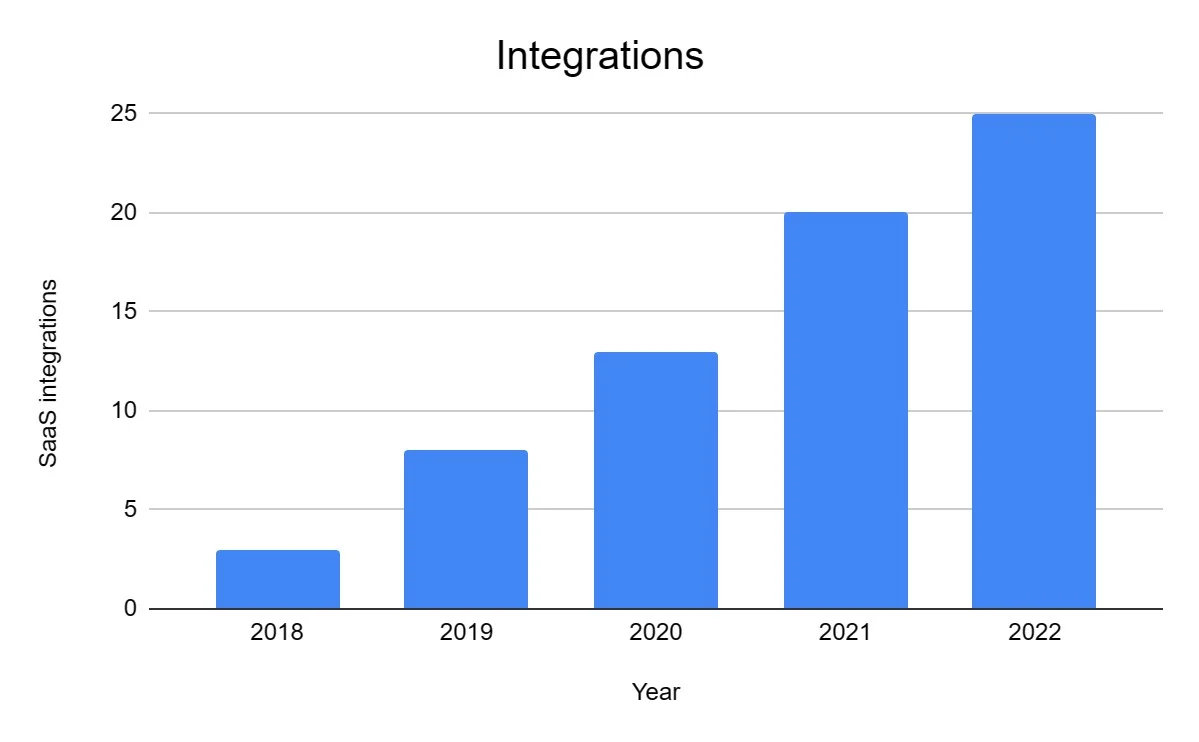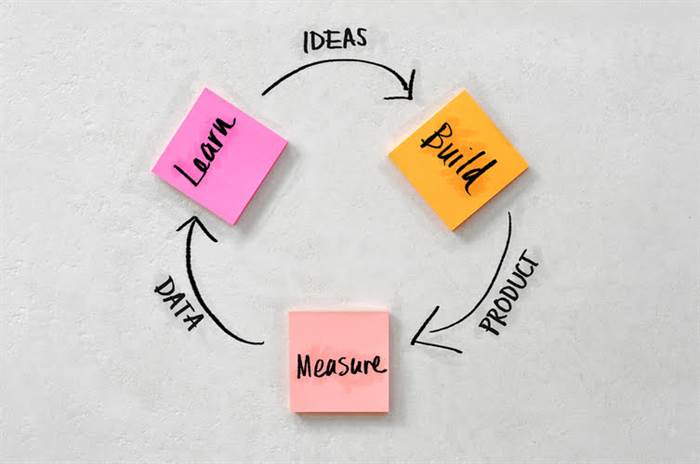Battery SOC/SOH (state of charge/health) limits – With repeated tests, battery charge can drift over time, triggering either a charge sustaining function (at low SOC), or capping regeneration (at high SOC). The capacitive process has been found to dominate during cycling with charge and discharge processes each of 5-s duration, whereas the electrochemical reactions dominate during cycling with longer pulses. These observations are consistent with the previous calculation of the time constant for the transfer of charge between the two component materials of the negative electrode. So, we suggest you start by learning more about software testing in general. Exit criteria state the requirements and actions to complete before the testing ends.
- Type II test is a warmed-up idle tailpipe CO test conducted immediately after the fourth cycle of the Type I test.
- A clear visual tool can replace a thousand words, and can describe a process without leaving any room for questions.
- You will need to take a separate Casper test for future admissions cycles or different program types, including for programs offered in different countries or languages.
- With the lowest power-to-mass ratio, Class 1 is representative of vehicles driven in India.
- Over the past 10 years we have worked on our Design-Test-Repeat visual to clarify the process and increase user adoption.
An alternative EUDC cycle for low-powered vehicles has also been defined with a maximum speed limited to 90 km/h, Figure 3. Major public betas developed afterward, with early customers having purchased a “pioneer edition” of the WordVision word processor for the IBM PC for $49.95. Test Cycles are used to set up and execute tests in a structured manner. This allows tests to be grouped logically and executed in a structured fashion. It also allows for the tracking of progress and reporting of quality metrics.
Explore Business Topics
CO2 emissions are determined for each individual vehicle configuration (rims, tires, special equipment), but not every vehicle configuration can be tested. Therefore, the concept of road load and interpolation families was introduced in 2017. Road load refers to the force resisting the forward motion of the vehicle, i.e., rolling resistance and aerodynamic and inertial forces on the drivetrain. A road load family is a group of vehicles whose individual road load parameters can be determined by linear interpolation between two reference vehicles defining the family. An interpolation family, or CO2 interpolation family, is a group of vehicles whose CO2 emissions are linearly dependent on road load only. Therefore, the CO2 parameters of an individual vehicle in an interpolation family can be determined by linear interpolation using the road load as the interpolation parameter.
It helps to reduce the test cycle time and also enhances product quality. As soon as the development phase is over, the testing team is ready with test cases and starts the execution. The ECE+EUDC test cycle—also known as the MVEG-A cycle—was used for EU type approval testing of emissions and fuel consumption from light duty vehicles [EEC Directive 90/C81/01]. The entire cycle includes four ECE segments (Figure 1) repeated without interruption, followed by one EUDC segment (Figure 2). Before the test, the vehicle is allowed to soak for at least 6 hours at a test temperature of 20-30°C.
STLC
The curb mass (or kerb mass in British English) means the “unladed mass” as defined in ECE R83. The cycle definitions may also depend on the maximum speed (v_max) which is the maximum speed of the vehicle as declared by the manufacturer (ECE R68) and not any use restriction or safety-based limitation. Figure 7 shows thermal conductivity data for 5 test cycles of the specimen. A test cycle entails a conditioning thermal ramp, where the specimen is heated from 473 K to 1173 K in steps of 100 K, and a final thermal ramp.

Private beta could be suitable for the software that is capable of delivering value but is not ready to be used by everyone either due to scaling issues, lack of documentation or still missing vital features. The testers report any bugs that they find, and sometimes suggest additional features they think should be available in the final version. At the end of this stage, the testing team should have a set of comprehensive and accurate test cases that provide adequate coverage of the software or application. This will help to ensure that the testing process is thorough and that any potential issues are identified and addressed before the software is released. A more likely explanation for the sharp drop in thermal conductivity between 1050 K and 1100 K is the occurrence of a phase change in the coating. One thing to note is the repeatability of the drop in thermal conductivity.
Mechanical vibration is usually minimized by mounting the instrument on an anti-vibration table. The term release to manufacturing (RTM), also known as “going gold”, is a term used when a software product is ready to be delivered. This build may be digitally signed, allowing the end user to verify the integrity and authenticity of the software purchase. A copy of the RTM build known as the “gold master” or GM[13] is sent for mass duplication or disc replication if applicable.

Even if a firm has the best programmers and developers, they are bound to make mistakes. The main role of STLC is to find those mistakes and get them fixed. The main goal of conducting an STLC is to maintain product quality. The software testing life cycle is the sequence what is test cycle of activities that happen during software testing. By employing a sane software testing life cycle, an organization ends up with a quality strategy more likely to produce better results. Presenting a perfect product to the customer is the end goal of every organization.

The old lab test – called the New European Driving Cycle (NEDC) – was designed in the 1980s. Due to evolutions in technology and driving conditions, it became outdated. The European Union has therefore developed a new test, called the Worldwide Harmonised Light Vehicle Test Procedure (WLTP). The EU automobile industry welcomes the shift to WLTP and has actively contributed to the development of this new test cycle.

In other words, they include items to cross off the task list and processes to complete before testing comes to a halt. Hence it is important that your test environment covers all the environments that the user would use. For example, some feature that works in Google Chrome doesn’t work in Internet Explorer.